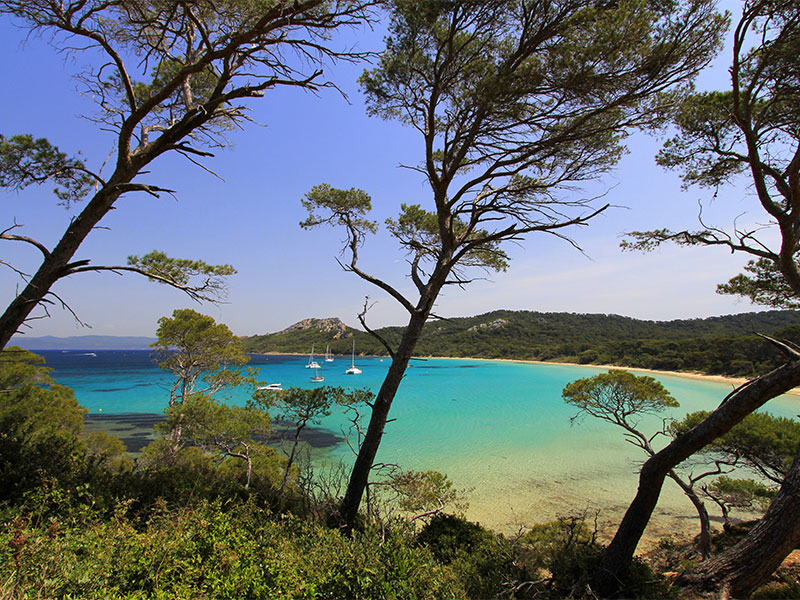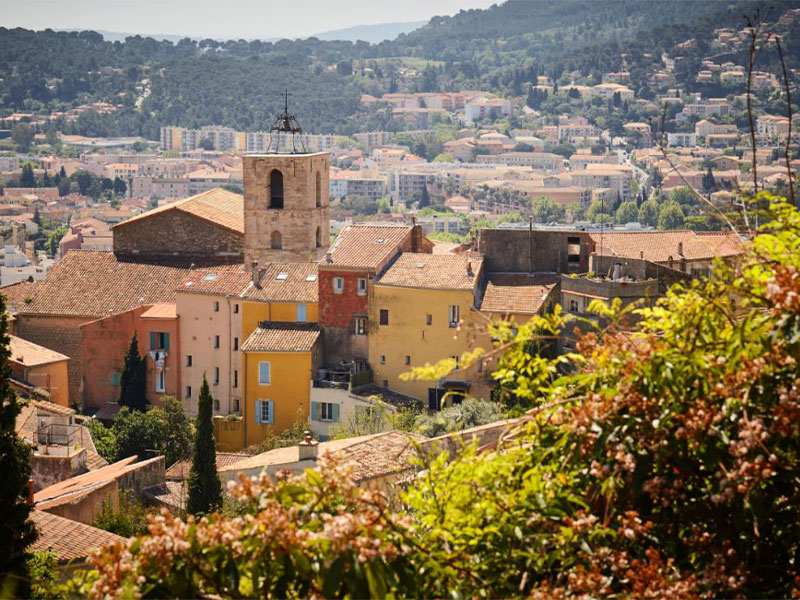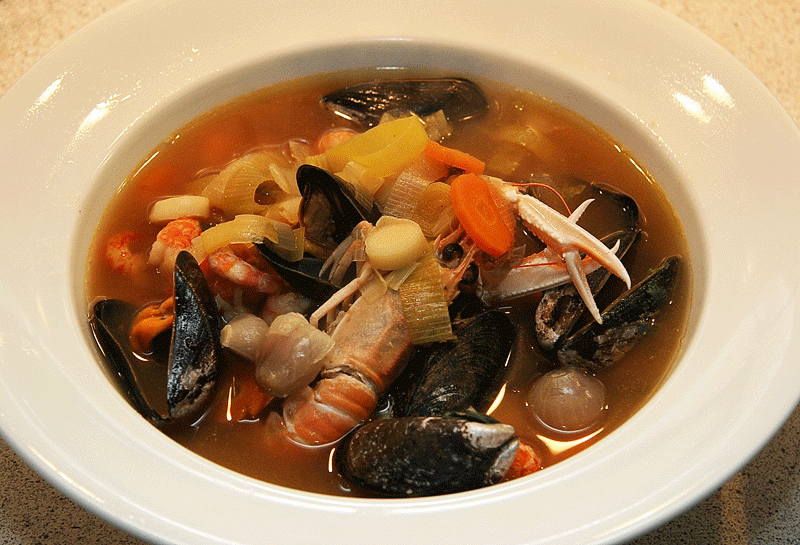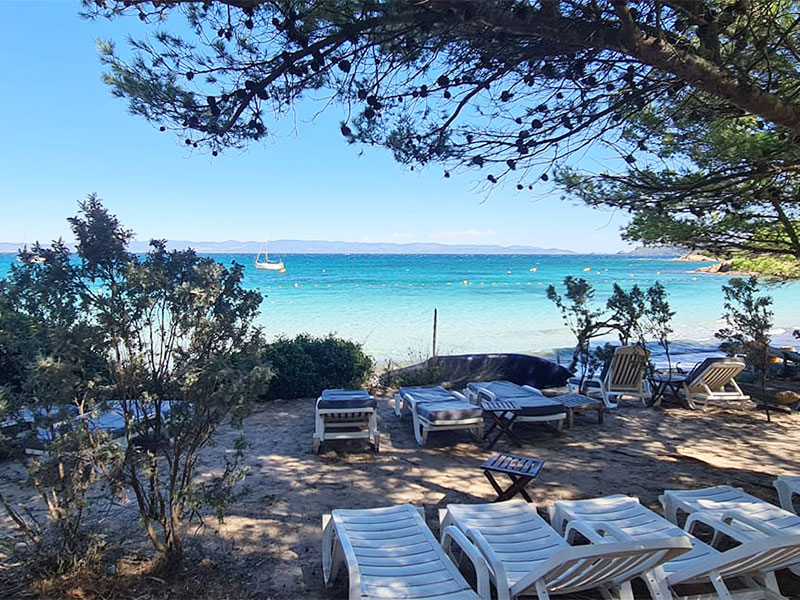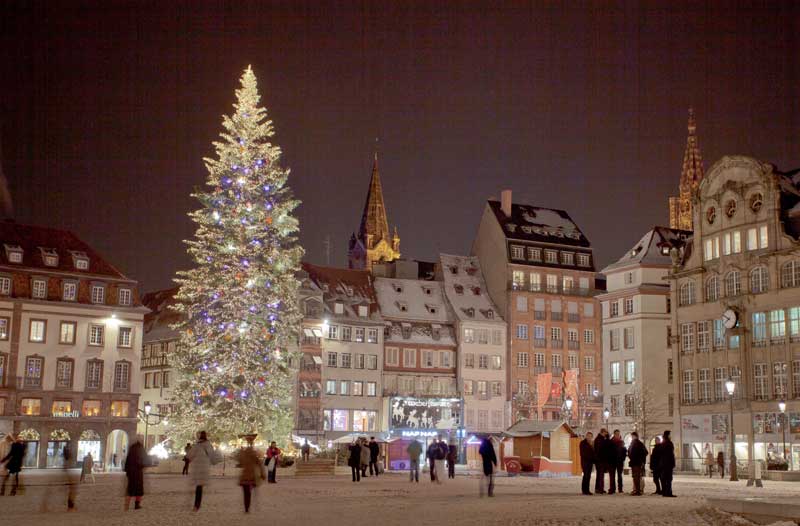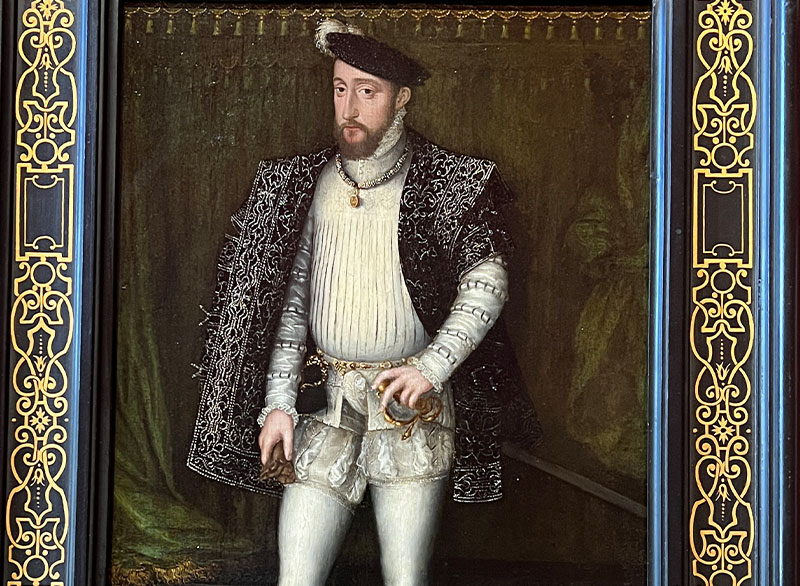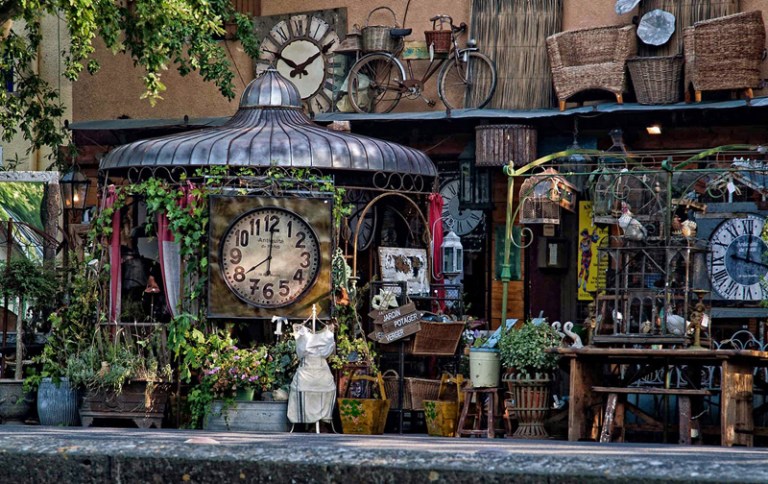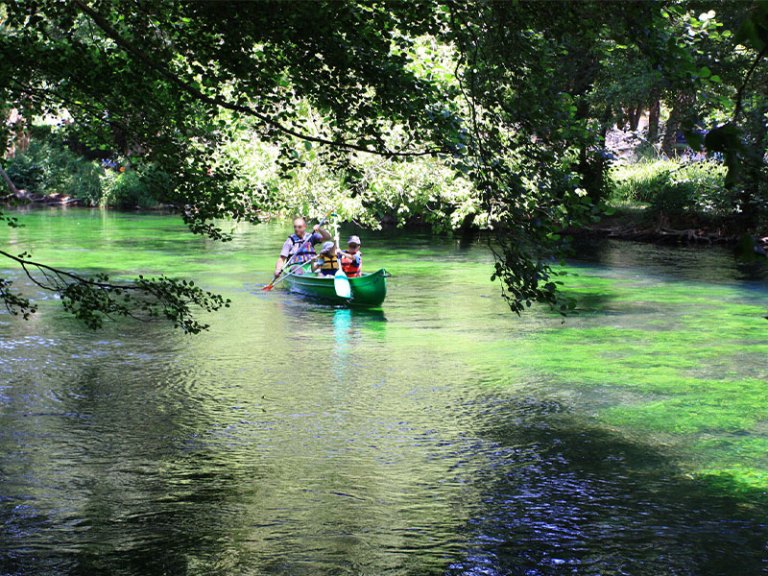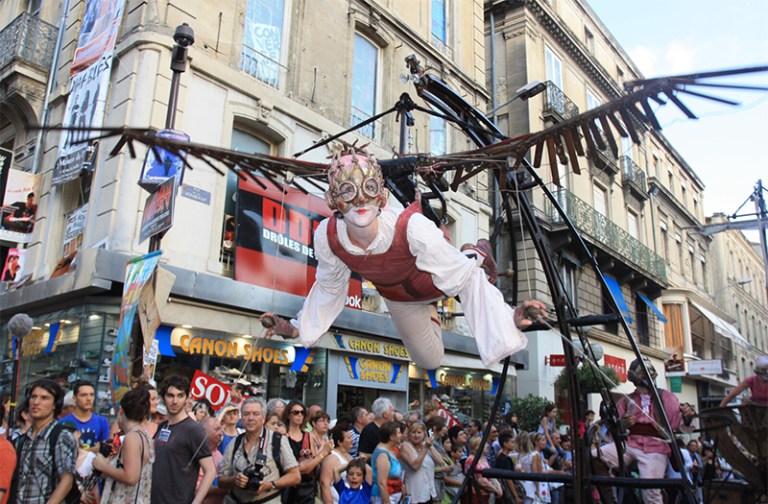Hyères in the Cote d’Azur, southern France has it all – sun, sea, sand, stunning architecture, superb restaurants, delicious local wines and the chance to go island hopping says local Aaron James.
A sunny ‘Belle Epoque’ town of the French Riviera, this beautiful coastal hub boasts 2,400 years of history and is home to remarkable natural heritage such as the National Park of Port-Cros and the Ile d’Or Archipelago.
History lovers will adore the intricate medieval quarter and ancient Greek archaeological site. There are perfect conditions for water sports and remarkable wildlife for those who love the outdoors. And if you want to relax by the sea, you’re totally spoilt for choice with numerous coves and glorious soft sand beaches spread along the Presqu’île de Giens and its islands.
Few foreign tourists choose to holiday in Hyères, opting instead for the town’s glitzy neighbour St Tropez. While this won’t mean that hotels and restaurants are empty (it’s a favourite with the French), it certainly means that the area possesses a more authentic, ‘unspoilt’ feeling.
Here’s what to see and do in Hyères and it’s islands…
A little bit of history
As the oldest resort on the French Riviera, it is hardly surprising that the town is steeped in history. You can’t help but marvel at the remains of the Hellenic city of Olbia, established in 4BC, or at the ancient Greek archaeological site near Almanarre beach. Meanwhile, just up the road, there was a Romans settlement at Pomponiana.
Pass through the Porte de la Rade, erected in the late twelfth century, and you’ll feel as if you’ve stepped back in time as you stroll the town’s medieval winding streets and ogle the centuries old houses. Don’t miss the Tour de Blaise as you check out the delicious delicatessens and lively fishmongers, artisan shops and booksellers en route. Also known as the Tour des Templiers, this tower is the last vestige of a larger chapel constructed by the Knights Templar some eight hundred years ago. Nowadays, it serves as a cultural space and hosts many theatrical shows.
Although in ruins, the castle which overlooks Hyères has not lost its majesty. Gazing across the Provençal countryside, and out towards the peninsula, it’s easy to imagine how it looked in the 16th century.
Hyères has long attracted artists and writers, including Victor Hugo and R.L. Stevenson, and the 100-year-old this year Villa Noailles, now open to the public, was a magnet for the avant-garde artists of the early 20th century from Jean Cocteau to Pablo Picasso.
Gastronomy
Being by the sea means that seafood favourites like moules frîtes and bouillabaisse are popular on menus and there are many great restaurants in and around the old town and the Port d’Hyères. Afternoons whiled away here, with a glass of perfectly chilled wine in the sun, is true Riviera living.
There are lively weekly markets at both Hyères and on the Giens Peninsula where you can find the very best of Provence’s fruit and vegetables, cheeses and plenty of baked goods too.
The Presqu’île
The Presqu’île – a much more romantic way to say peninsula – stretches its reach into the deep blue Mediterranean and is home to several seaside resorts and wild flamingos.
To the west, marvel at kite surfers floating their colourful kites along the 4km long Plage d’Almanarre. And, on especially clear days, you can see the harbours at Toulon and Carqueiranne. The saltmarshes, with their famous flamingos, provide the perfect paths for exhilarating bike rides under pure blue skies. On the eastern side, the unspoilt Badine beach offers the perfect conditions for both thrilling water sports and relaxed sunbathing as well as yoga on the beach.
The island of Porquerolles
At the tip of the Presqu’íle is Tour Fondue, a small port named after its 16th century fort. From here ferries leave daily to the islands off the coast of Hyères. The most famous of them is Porquerolles – often compared to the Caribbean due to its relaxed atmosphere and clear blue waters. Since cars aren’t allowed here, the best way to see the island is by bike – you’ll find plenty of bike hire companies along the harbour.
Although there are restaurants, bars and a hotel on the island, the Plage de Notre Dame is best enjoyed with a hearty picnic of fresh baguette, sundried tomatoes and the cheese you bought from the morning market – and a glass of local rosé.
Get there: Flights operate from Gatwick to Toulon (20 minutes by car), from June to September.
Stay at: Domaine de la Mer, offers hotel rooms, apartments, villas and cottages on the edge of the beach, a little corner of Paradise: domainedelamer.com
Want more France?
Discover more fabulous destinations in France with our free magazine The Good Life France
Love France? Have a listen to our podcast – everything you want to know about France and more!
All rights reserved. This article may not be published, broadcast, rewritten (including translated) or redistributed without written permission.
